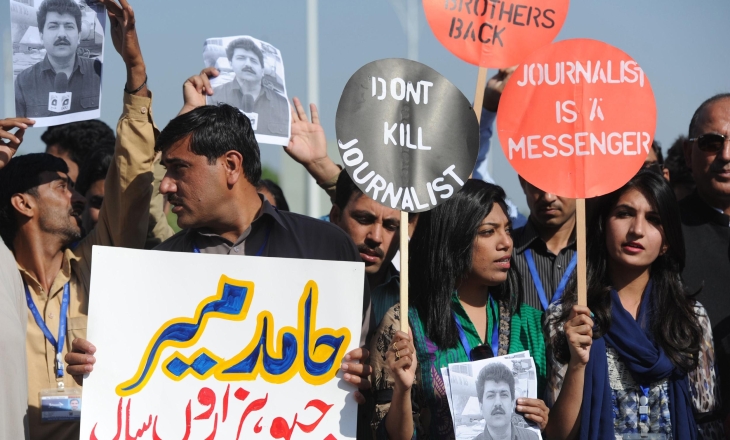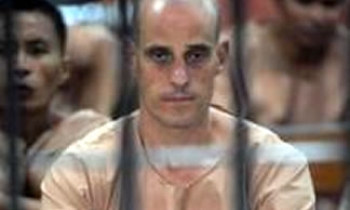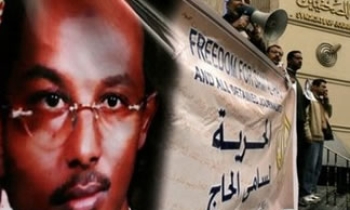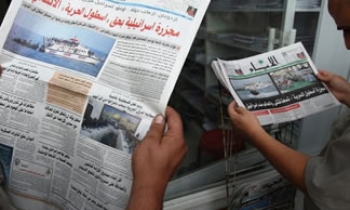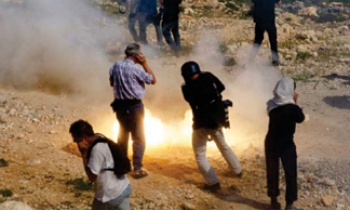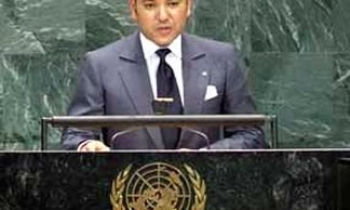The media threat matrix in Pakistan is broad and diverse and multiple factors contribute to it but the most important aspect is related to professionalism, including the way of reporting, professional attitudes and mainly the threat perceptions of the media persons. These are the findings of a recently released research study 'Media Safety in Pakistan'.
The study is based on an extensive field research and comprehensive case histories of journalists, who were either threatened or killed. It entails interviews with the survivors, and victims’ relatives, friends, fellow journalists, employers, and relevant government officials, etc.
The study found that the killed journalists’ threat perception was weak. The journalists belonging to small and local media outlets were more prone to threats. The state and non-state actors both contributed to the threat matrix at the local level. Criminals and militants in small towns and tribal areas mainly threatened journalists affiliated with local publications and media outlets with comparatively less outreach.
According to the study, affiliation with major media outlets, especially in small town and cities, offered some security and those upset by journalists’ coverage do not react to such an extent which can create resentment against them at a national level. However, in major media stations, the journalists who are critical towards policy issues of the state and non-state actors are more prone to threats. Journalists who are considered to be opinion makers or are seen as playing a role in shaping the discourse on an important issue are also likely to face greater threats.
The targeted journalists’ religious and political affiliations had not contributed to the threats they faced. Nonetheless, being a part-time journalist does not shield one from threats; they too were equally prone to threats simply on account of their work as journalists.
The study revealed that in case of the journalists killed, their family members and friends did not know if victims’ media groups had been demanding exclusive reporting from them. In absence of evidence to the contrary, it may be assumed that reporters took risks on their own initiative. That could happen for a number of reasons; first, they were in search of professional excellence. This could also be linked with economic conditions.
Second, they were under social, political and ideological compulsions. A sense of social obligation was an important factor in victims’ work as most of them engaged in social activities at some level. Their educational profiles also suggested that they chose journalism under social obligation, to bring change in society and this could be another reason for their inclination towards exclusive reporting.
To ensure the safety and security of the journalists, the study offered some recommendations:
- It recommends to the government to appoint special public prosecutors at the provincial and federal levels to address the pervasive impunity for perpetrators. The initiative must cover FATA as well. The federal and provincial information ministries and departments should allocate resources for media safety trainings and other capacity-building, and also for supporting targeted journalists and their families.
- For media houses, the study stresses that they must take more responsibility for the safety of journalists, which must not be compromised for the sake of media ratings. All media houses should develop/adopt/endorse safety manuals and protocols for journalists, with the help of media professional bodies, government and civil society. This must be done in a consultative and inclusive manner.
- The report emphasised the need to monitor and document all incidents of intimidation or violence against media workers, and suggested that media professional bodies can raise them at the appropriate forums, in collaboration with provincial and national level bodies representing journalists, to ensure a safe working environment.
- Apart from comprehensive recommendations for government, media houses and professional bodies, the study advised journalists to be extra vigilant in covering stories which involve powerful actors who take offence quickly. Local correspondents should seek solutions in consultation with their media houses to ensure that the issue is covered without exposing them to risk. That can be managed sometimes by filing sensitive reports with a different dateline or requesting the media house to send journalists from outside a difficult district to cover the issue.

